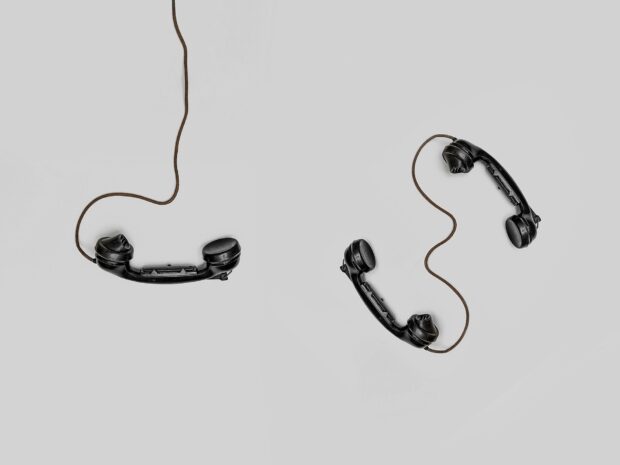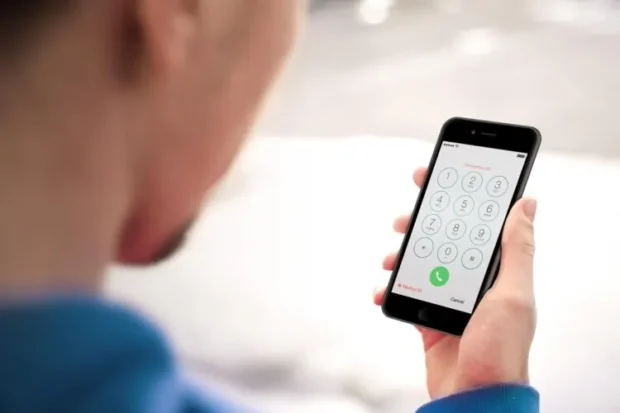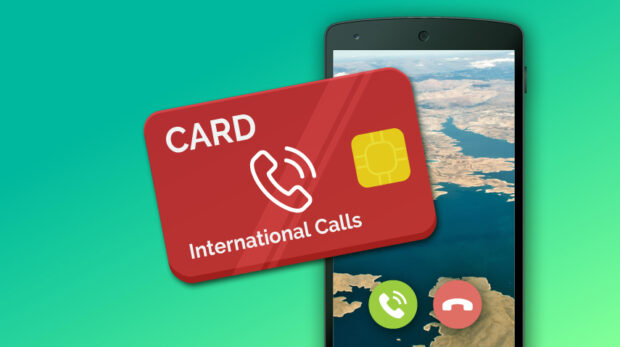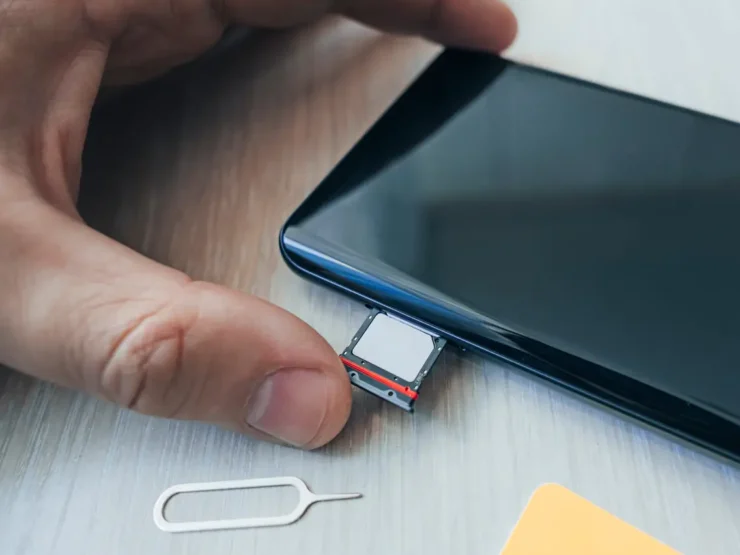If you frequently make international calls, you might consider using an international calling card. This article will give you everything you need to know about international calling cards – how they work, the benefits of using them, and some things to watch out for.
These can be a great way to save money on international calls, but there are a few things you should keep in mind before using one. First, let’s take a look at how they work.
What are international calling cards?
An international calling card is a physical or digital card that allows you to make calls to (almost) any phone number, landline or mobile, in any country.
How they work is you will pay for a certain number of minutes upfront. For example, you may purchase one with 60 minutes of talk time. Once you have used up all the minutes on your card, you will need to buy another one.
There are generally two ways to use it. The first way is by using a toll-free number that the company provides. The second way is by using a local access number. The local access number will usually be cheaper, but it may not be available in all countries.
“The main advantage of using an international calling card is that it is much cheaper than making direct calls from your phone line or mobile phone.” JT, phonecardchoice.com.
Pros of Using International Calling Cards?

No internet connection required
International calling cards can be used without an internet connection, which is ideal for travellers who may not have reliable access to the internet or who want to avoid using their data plan.
No SIM card required
Another advantage of using an international calling card is that you don’t need a SIM card. This can be helpful if your phone is locked to a specific carrier or if you’re going to be traveling to a country where your current SIM won’t work.
No App to download
Another benefit of using an international calling card is that you don’t need to download any special apps. This can save you time and data, as well as ensure that you’re able to make calls even if you don’t have a strong internet signal.
Can be used from any landline or mobile phone
Finally, one of the best things about international calling cards is that they can be used from any landline or mobile phone. This means that you can use them even if you don’t have a smartphone, which can be very helpful when traveling abroad.
Cons Of International Calling Cards

It’s not free
While international calling cards are an affordable way to make calls, it’s important to remember that they are not free like some VoIP (Voice over Internet Protocol) services. In most cases, to use an international calling card, you will need to purchase minutes in advance.
Call quality
The call quality of your international call will also depend on the country you are calling and the phone line you are using. If you are using a landline, the call quality is likely to be better than if you were using a mobile phone.
You cannot make group calls
Another potential downside of using an international calling card is that you cannot make group calls. If you want to talk to multiple people at the same time, you will need to use a different service such as Skype or FaceTime.
What is a PIN number?
You will be given a unique PIN number when you purchase an international calling card. This PIN number is used to access your account and make calls. You will enter the PIN number to retrieve your account balance and make calls each time you use it.
PIN numbers are typically 8-12 digits long. You should never give your PIN number to anyone else, as they could use it to make calls on your behalf and drain your balance.
If you lose your PIN number or forget it, you can usually retrieve it by calling customer service or visiting the website of the company that issued the card.
3 Types of International Calling Cards

Prepaid
With prepaid international calling cards, you pay for it in advance and then use it to make calls. The advantage of this type is that you know exactly how much you’re going to spend on calls, so there are no surprise bills at the end of the month.
Post-Paid
Post-paid international calling cards are similar to a traditional telephone service, where you get billed for the calls you make at the end of the month. The advantage of this is that you don’t have to worry about running out of minutes, and if you make a lot of calls, it can actually be cheaper than a prepaid card.
Rechargeable
Rechargeable international calling cards are a combination of both prepaid and post-paid option. You start off by paying for the card in advance, and then you can recharge it when you run out of minutes. This is a good option if you want the flexibility to add more minutes as needed.
4 Benefits of International Calling Cards

International calling cards can be a great way to stay in touch with friends and family abroad. They offer many benefits over traditional phone plans, including lower rates, no contracts, and the ability to make calls from any phone. Here are some of the top benefits of using an international calling card:
- Lower Rates: Calling cards typically have much lower rates than traditional phone plans. This can save you a lot of money, especially if you make a lot of international calls.
- No Contracts: With this, there is no need to sign a contract. This means that you can cancel your service at any time without penalty.
- Can be Used from Any Phone: International calling cards can be used from any landline or mobile phone, making them very convenient.
- Easy to Use: An international calling card is easy and only takes a few steps. Simply follow the instructions and enter the PIN code when prompted.
Things To Be Aware Of
Daily service fees
One potential downside of using an international calling card is that most of those come with a daily service fee. This means that even if you don’t use it to make any calls, you will still be charged a small fee each day. While this fee is usually only a few cents, it can add up over time if you’re not careful.
Minute rounding
Another potential downside of this is that most cards round up to the nearest minute. So, for example, if you make a call that lasts for 2 minutes and 15 seconds, you will be charged for 3 minutes of calling time. This can be quite expensive if you make a lot of short calls.
Connection fees
In addition to daily service fees and minute rounding, many international calling cards also charge connection fees. Connection fees can add up quickly, so it’s important to be aware of them before using an international calling card.
Variable rates
Finally, it’s important to note that some international calling cards have variable rates depending on when you make your call. For example, calls made during peak hours (usually weekday mornings and evenings) will often be more expensive than calls made during off-peak hours (weekday afternoons and weekends).
How to use an international calling card

When you use an international calling card, you must follow the specific instructions printed on that card or the confirmation email if it was purchased online. In general, however, most of these work in a similar way.
To use your card, you will first need to call the toll-free or local access number.
Enter in your PIN number.
Once you have entered the PIN code, you will then need to dial the international number of the person you wish to speak to.
Where Can I Buy International Calling Cards?
There are many places where you can buy international calling cards. You can purchase them online, at a store, or even at an airport. If you are looking for a specific type of calling card, you should run an online search.
When purchasing one of these, read the fine print carefully. Some have hidden fees or expiration dates that you may not be aware of. It’s also important to ensure the card will work in the country you’re visiting. Not all will work in all countries.
If you’re unsure about which card to purchase, you can always ask a friend or family member who has used one before for recommendations.




























